
The Lone Ranger is a fictional masked former Texas Ranger who fought outlaws in the American Old West with his Native American friend Tonto. The character has been called an enduring icon of American culture.
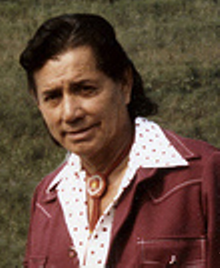
Jay Silverheels was an Indigenous Canadian actor and athlete. He was well known for his role as Tonto, the Native American companion of the Lone Ranger in the American Western television series The Lone Ranger.

The Legend of the Lone Ranger is a 1981 American Western adventure film directed by William A. Fraker and starring Klinton Spilsbury, Michael Horse and Christopher Lloyd. It is based on the story of The Lone Ranger, a Western character created by George W. Trendle and Fran Striker.

Clayton Moore was an American actor best known for playing the fictional western character the Lone Ranger from 1949 to 1952 and 1953 to 1957 on the television series of the same name and two related films from the same producers.
John Frederick "Fred" McCarthy, known professionally as John Todd, was an American actor.
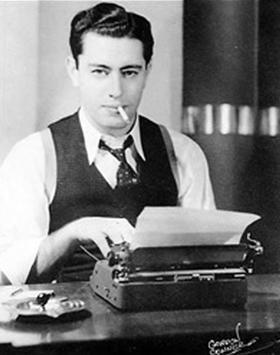
Francis Hamilton "Fran" Striker was an American writer for radio and comics, best known for creating the characters the Lone Ranger, the Green Hornet, and Sgt. Preston of the Yukon.
George Washington Trendle was an American lawyer and businessman, best known as the producer of the Lone Ranger radio and television programs along with The Green Hornet and Sergeant Preston of the Yukon.
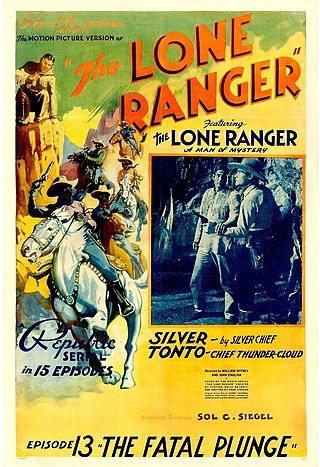
The Lone Ranger is a 1938 American Republic Pictures movie serial based on The Lone Ranger radio program. It was the ninth of the sixty-six serials produced by Republic, the fourth Western and the first Republic serial release of 1938. The following year a sequel serial The Lone Ranger Rides Again was released. The fifteen chapters of the serial were condensed into the film Hi-Yo Silver, which was released in 1940.
Earle Graser was an American radio actor at radio station WXYZ, Detroit, Michigan. He was best known as the voice of the Lone Ranger from April 1933 to April 1941.
James Jewell was an American radio actor, producer and director at radio station WXYZ, Detroit, Michigan.
Ke-mo sah-bee is the term used by the fictional Native American sidekick Tonto as the "Native American" name for the Lone Ranger in the American television and radio programs The Lone Ranger. Derived from gimoozaabi, an Ojibwe and Potawatomi word that may mean 'he/she looks out in secret', it has been occasionally translated as 'trusty scout' or 'faithful friend'.

The Lone Ranger is an American Western television series that aired on the ABC Television network from 1949 to 1957, with Clayton Moore in the starring role. Jay Silverheels, a member of the Mohawk Aboriginal people in Canada, played the Lone Ranger's Indian companion Tonto.
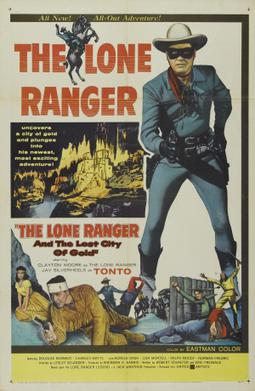
The Lone Ranger and the Lost City of Gold is a 1958 American Western film in Eastmancolor released by United Artists. The second of two theatrical features specifically based on and continuing the TV show The Lone Ranger it stars Clayton Moore and Jay Silverheels, reprising their roles from the TV series. The first feature film was 1956's The Lone Ranger. No further films based on this specific version of the characters were made after this one.

The Lone Ranger is a 2003 American western action television film. It was an attempt by The WB to revive the Lone Ranger franchise for a new generation. The character first appeared in 1933 in a radio show conceived either by WXYZ (Detroit) radio station owner George W. Trendle, or by Fran Striker, the show's writer. The radio series proved to be a hit and spawned a series of books, an equally popular television show that ran from 1949 to 1957, comic books, and several movies.
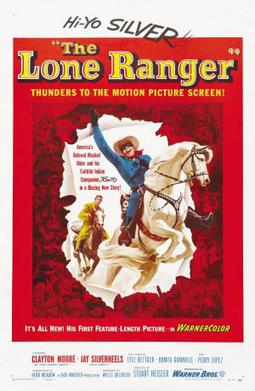
The Lone Ranger is a 1956 Western film based on The Lone Ranger television series starring Clayton Moore and Jay Silverheels. The Lone Ranger was the first of two theatrical features based on the series; it was followed by The Lone Ranger and the Lost City of Gold in 1958.
The Green Hornet is an American radio adventure series that debuted in 1936 and introduced the character of the Green Hornet, a masked vigilante.

The Lone Ranger is a 2013 American Western action film directed by Gore Verbinski and written by Justin Haythe, Ted Elliott and Terry Rossio. Based on the title character of the same name, the film stars Johnny Depp as Tonto, the narrator of the events and Armie Hammer as John Reid, the Lone Ranger. The story tells through Tonto's memories of the duo's earliest efforts to subdue local villainy and bring justice to the American Old West. William Fichtner, Barry Pepper, Ruth Wilson, James Badge Dale, Tom Wilkinson, Helena Bonham Carter and Curtis Cregan are featured in supporting roles. This was the first theatrical film featuring the Lone Ranger and Tonto characters since William A. Fraker's 1981 film, The Legend of the Lone Ranger.
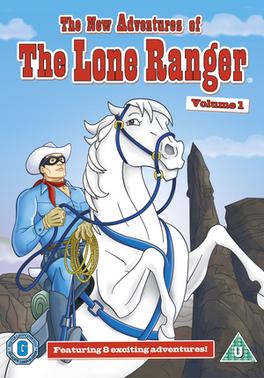
The Lone Ranger is an American animated television series produced by Filmation in 1980. The series ran for 28 episodes over two seasons on CBS as part of The Tarzan/Lone Ranger/Zorro Adventure Hour.
Joel Harlow is an American make-up artist. He works steadily in many high-profile films.

Redface is the wearing of makeup to darken or redden skin tone, or feathers, warpaint, etc. by non-Natives to impersonate a Native American or Indigenous Canadian person, or to in some other way perpetuate stereotypes of Indigenous peoples of Canada and the United States. It is analogous to the wearing of Blackface. In the early twentieth century, it was often white performers, who wore blackface or redface when portraying Plains Indians in Hollywood Westerns. In the early days of television sitcoms, "non-Native sitcom characters donned headdresses, carried tomahawks, spoke broken English, played Squanto at Thanksgiving gatherings, received 'Indian' names, danced wildly, and exhibited other examples of representations of redface".











